Six ways to prepare your home for climate change related subsidence
Subsidence caused by shrinking and swelling of the ground can lead to financial loss. How can you mitigate against it?
19/05/2021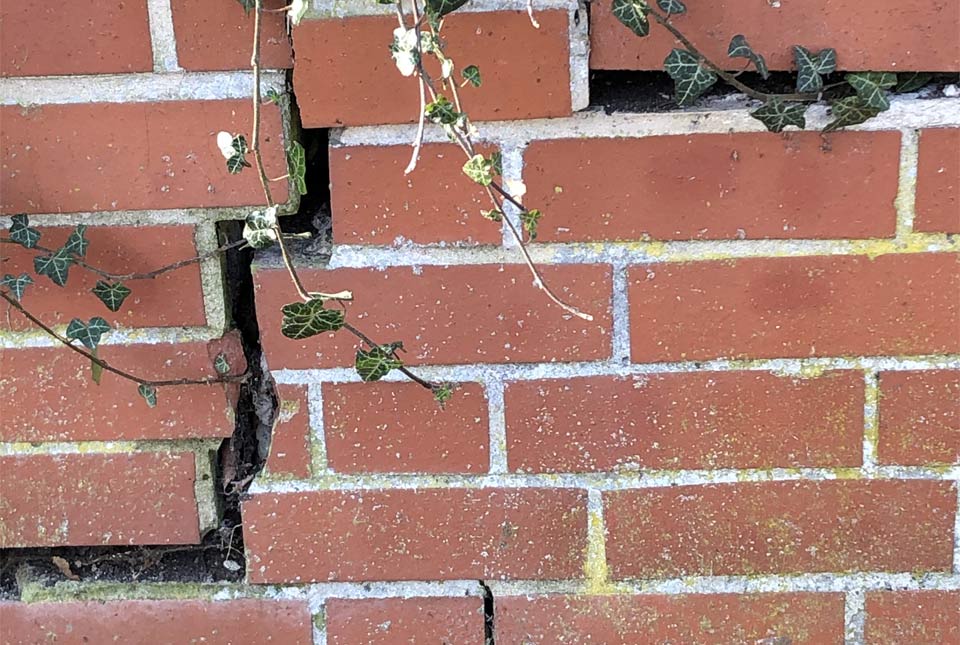
Shrinking and swelling of the ground, often reported as subsidence, is already one of the most damaging geohazards in Britain, costing the economy an estimated £3 billion over the past decade. Subsidence may lead to financial loss for anyone involved in the ownership or management of property, including developers, homeowners or local government. These costs could include increased insurance premiums, depressed house prices and in some cases, engineering works to stabilise land or property.
How does climate change affect shrink–swell?
Many soils contain clay minerals that absorb water when wet (making them swell) and lose water as they dry (making them shrink). Dry weather and high temperatures have been found to be a major factor in the emergence of subsidence in clay soils. However, every summer can be completely different to the last; summer 2018 had the hottest, driest June for years whereas summer 2019 had one of the wettest Junes on record. Looking to the future, warmer, drier summers and increases in annual temperature and rainfall variability are suggested for the UK. What is considered a heat wave today may be the norm in the 2050s and cool in the 2080s!
What does the data show?
The rock formations most susceptible to shrink–swell behaviour are found mainly in the south-east of Britain. Here, many of the clay formations are too young to have been changed into stronger mudrocks, leaving them still able to absorb and lose moisture. Superficial deposits, such as alluvium, peat and laminated clays, can also be susceptible to soil subsidence and heave (e.g. in the Vale of York and the Cheshire Basin).
Clay rocks elsewhere in the country are older, hardened by burial deep in the Earth and less able to absorb water. In some areas (e.g. around The Wash and under the Lancashire Plain) they are deeply buried beneath other soils that are not susceptible to shrink–swell behaviour.
By combining the BGS GeoSure dataset and applying the UK Climate Projections (UKCP) scenarios for rainfall and temperature changes in the UK for the next century, maps have been produced for Great Britain showing areas with varying vulnerability to shrink–swell and thus subsidence in the future due to climate change. The maps show that areas with clay soils that shrink and swell with changes in moisture are going to become increasingly susceptible in the coming century and beyond.
The BGS GeoClimate UKCP18 datasets show an obvious increase in the amount of shrink–swell potential across the south-east of England, due to climate change. Of particular interest are the clay-rich formations that are currently of low-moderate susceptibility. Buildings on these rock types might not have the robust foundations suitable to withstand subsidence hazard.
How might this affect my home?
As reported by the Association of British Insurers (2018), the effects of subsidence in a property can usually be seen as cracks in walls that:
- are more than 3 mm thick
- run diagonally across the wall
- are wider from top to bottom
- are visible from inside and outside
- occur near doors and windows
- cause rippling in wallpaper
What can I do about it?
If you are in an area that shows an increased susceptibility under future climate conditions, you should get specialist advice from a suitably qualified expert such as a structural surveyor, geotechnical engineer or chartered engineering geologist.
If active clay shrinkage or swelling is not affecting your property but the area has shrink–swell clay potential, this should be taken into account before planning new buildings, extensions or modifications, or any other changes in land use.
- Take specialist advice before starting major building work.
- Consider the effect of laying impermeable drives, paths or hardstanding on the rainfall reaching the soil below and changing its moisture content.
- Seek expert advice before planting trees near to a house. The safe planting distance will depend on the tree species, the type of foundation and soil composition.
- Ensure foundations of new constructions or extensions are designed for any shrinkable clay soil conditions that could be present or forecast under future climate conditions.
- Do not plant potentially large trees next to a house.
- Do not remove mature trees that pre-date the construction of the house before taking advice. Tree management by crown reduction or thinning may be better than removal because it will maintain a stable soil moisture profile.
About the author

Kathryn Lee
Geologist; Informatics Product Portfolio Manager
Relative topics
Latest blogs
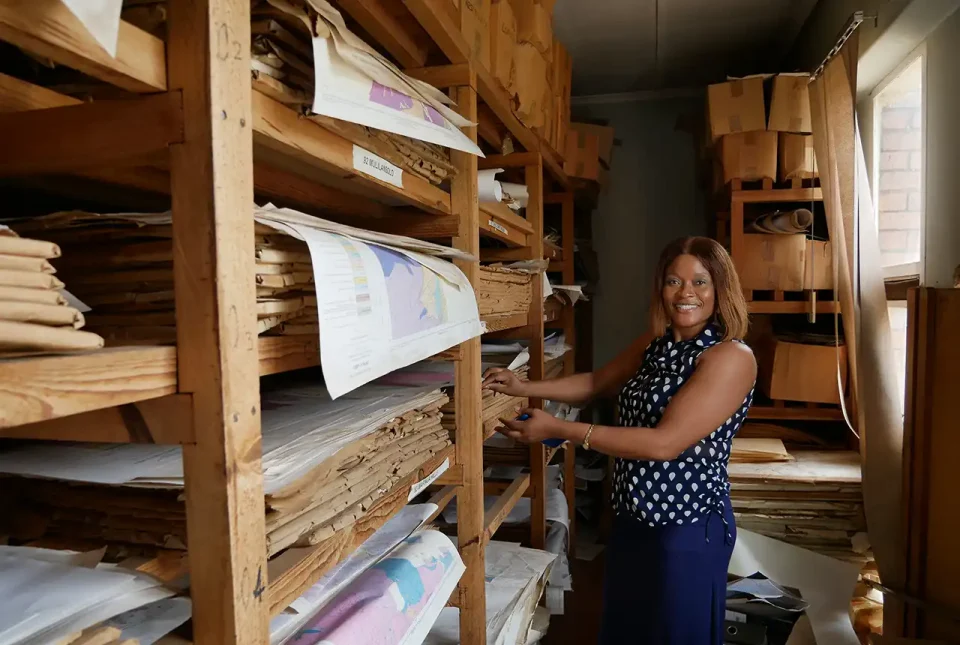
Unlocking key mineral archives at the Zambian Geological Survey Department
23/02/2024
Rachel Talbot recounts a recent visit by BGS Records staff to the Zambian Geological Survey Department, to assist in critical mineral data management.

Will 2024 be the Year of the Aurora?
23/02/2024
The Sun’s approximate eleven-year activity cycle is predicted to peak this year, prompting BGS scientists to anticipate that 2024 will be the ‘Year of the Aurora’.
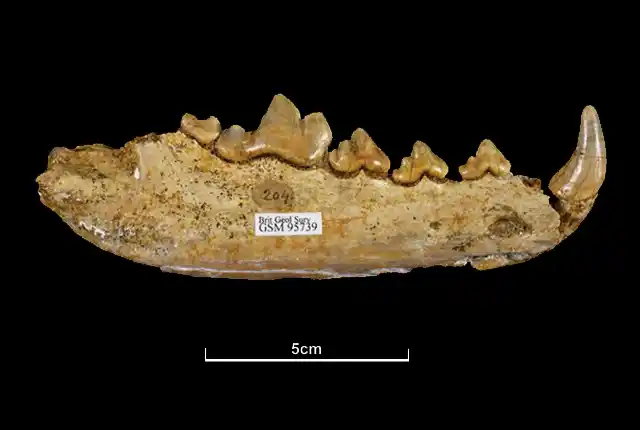
Hungry like a wolf: new insights from old bones housed in the BGS museum collections
18/01/2024
BGS scientists are studying the diets of ancient British wolves and how they adapted to changing environments.
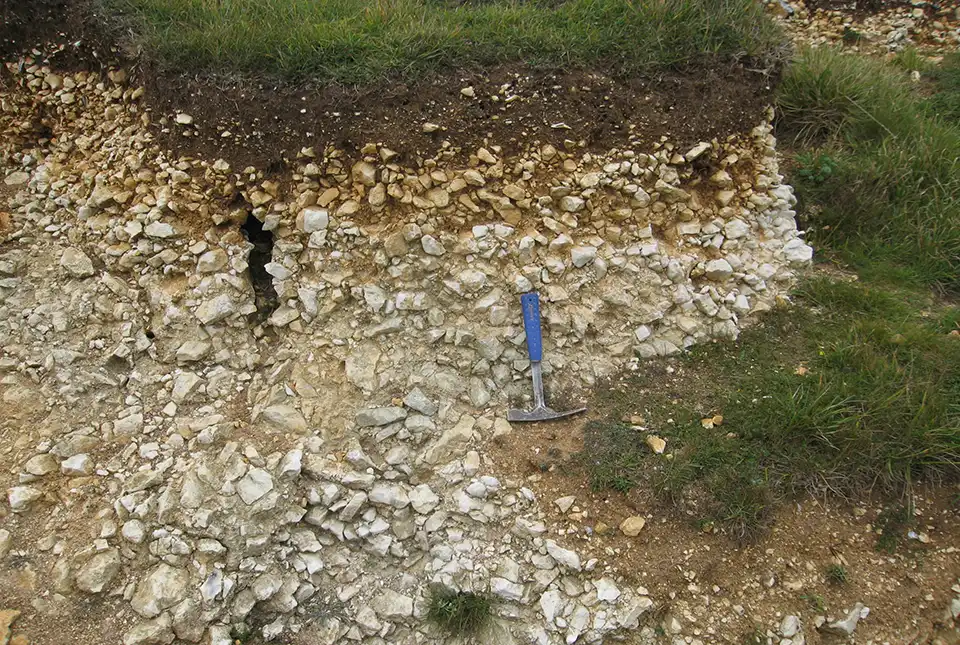
How BGS is helping the farming sector of Great Britain
17/01/2024
New legislation concerning soil management and technology in modern farming has led to an increase in enquiries about BGS’s Soil Parent Material Model.
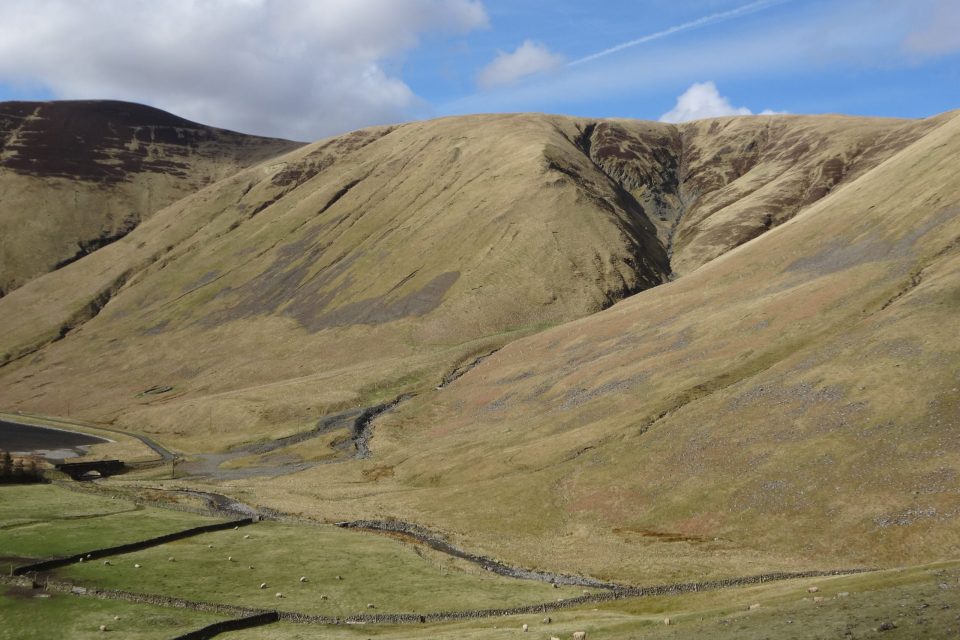
Moving stones: faults, slopes and sediments
12/01/2024
Fractured rock along faults affects sediment movement on slopes with implications for the design of infrastructure.

Understanding nutrients in tropical rainforests
11/01/2024
Christopher Bengt talks about carrying out research for his PhD amongst the rainforests and volcanoes of the Philippines.
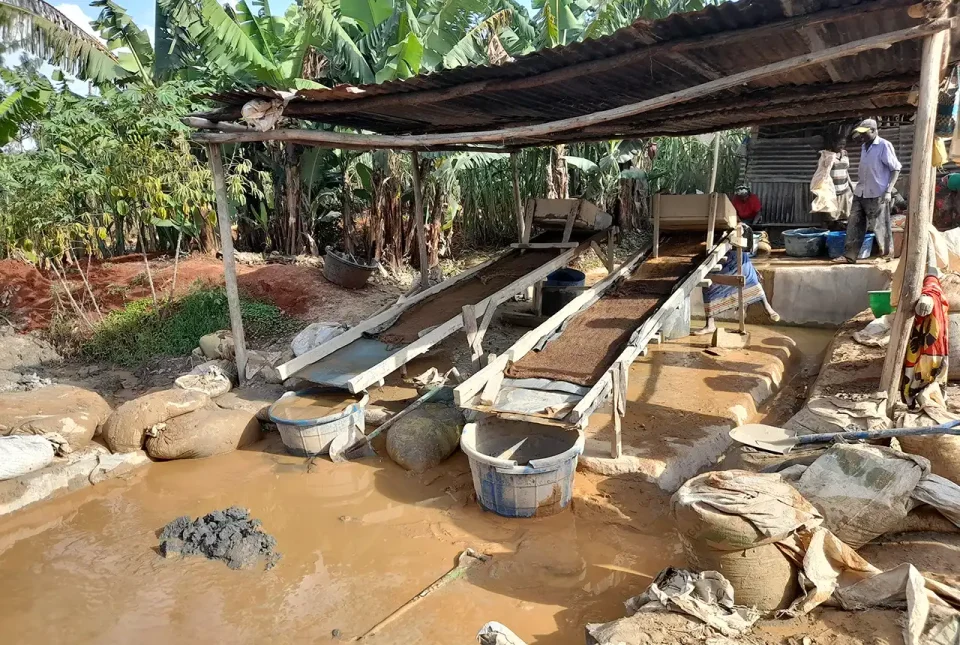
Linking geochemistry and health in artisanal and small-scale gold mining in the Kakamega-Vihiga gold belt, Kenya
09/01/2024
PhD candidate Maureene Auma Ondayo is investigating major and trace element exposure in the environment in Kenya, aiming to reduce exposure of humans to toxic chemicals.

The Geography Olympiad: Bandung, Indonesia
22/12/2023
School student Dion Thompson joined Team UK at this year’s International Geology Olympiad in Indonesia. We hear from Dion’s mentor Anna Hicks, before Dion reports on the Olympiad itself.
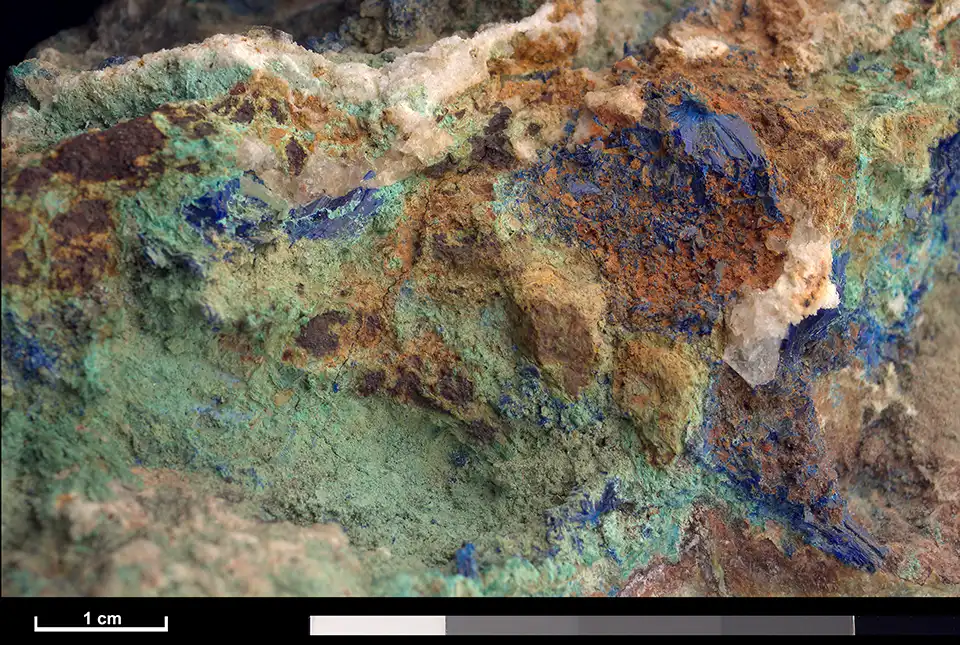
CMIC: critical minerals research review
21/12/2023
Matthew Reeves of Innovate UK provides an overview of the Critical Minerals Strategy, which sets out how the UK will go about securing its supply of critical minerals.
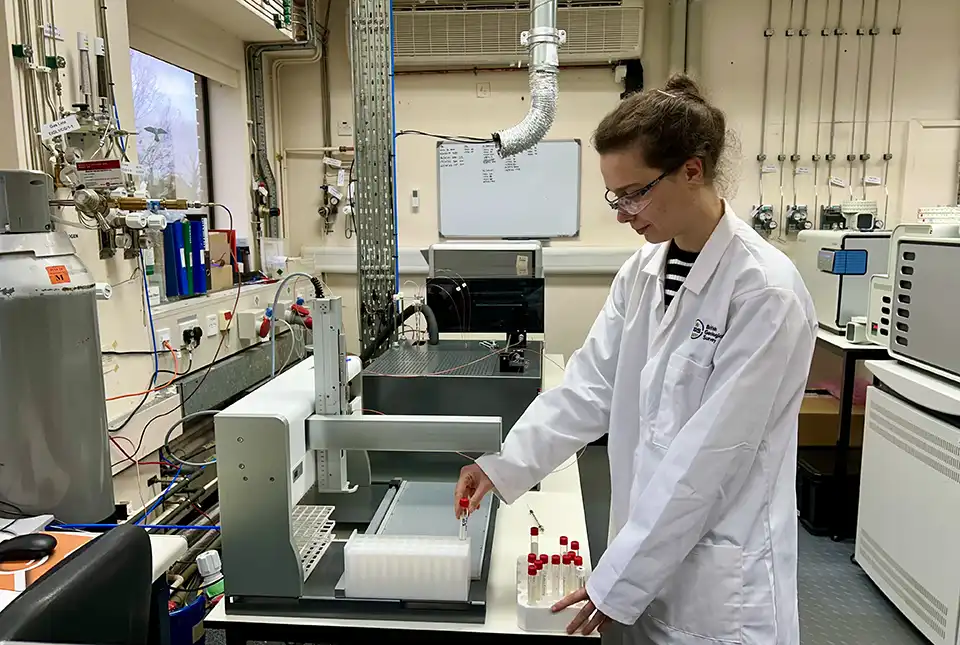
My role as a stable isotope research assistant
19/12/2023
Charlotte Hipkiss has recently taken up a new position in the National Environmental Isotope Facility at BGS and gives us a little insight into her new position.
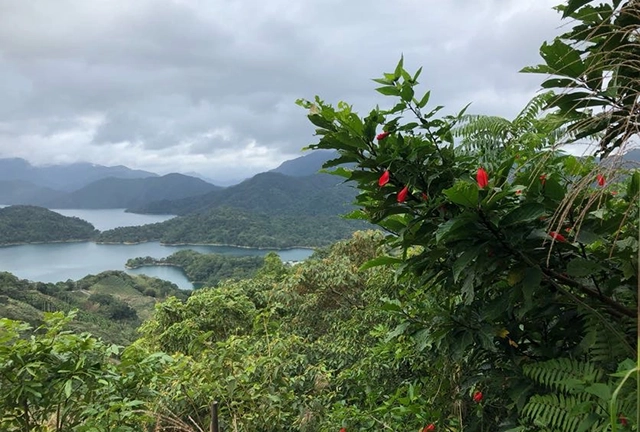
Groundwater in Taiwan under a changing environment
15/12/2023
BGS’s groundwater team is part of a project to develop the first groundwater forecasts for Taiwan.

In photos: marine surveying a remote volcanic island
14/12/2023
A photo blog by members of the BGS Marine Survey team, who recently completed marine surveys around Ascension Island in the South Atlantic Ocean.
You may also be interested in
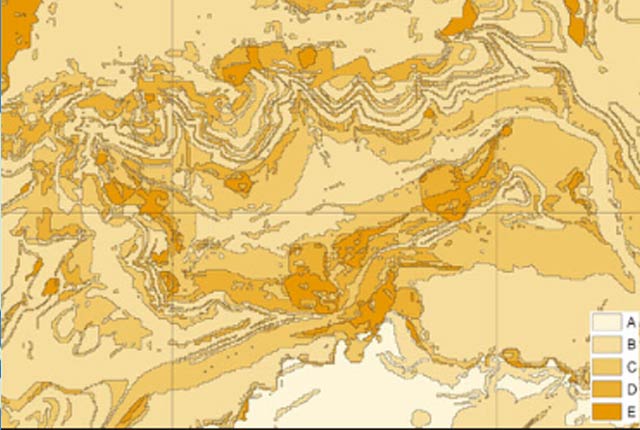
BGS GeoSure
The BGS GeoSure datasets identify areas of potential hazard and, therefore, potential natural ground movement, in Great Britain.
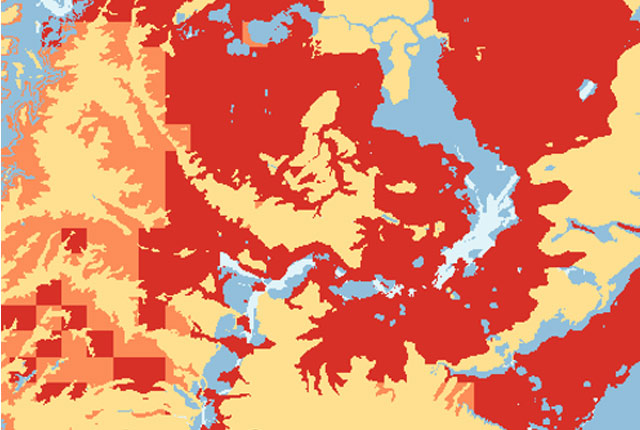
GeoClimate UKCP09 and UKCP18
BGS has developed a suite of products, including maps and data, which show potential change in subsidence due to UKCP climate change scenarios
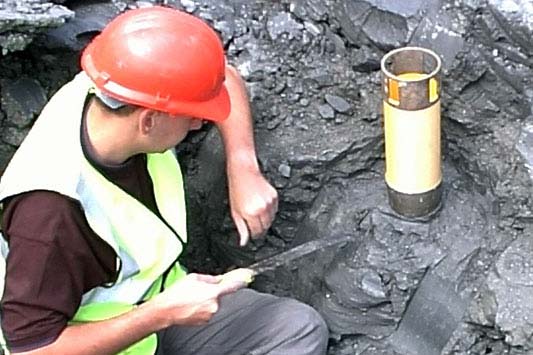
Swelling and shrinking soils
Shrink–swell, or expansive, soils are one of the most costly and widespread geological hazards globally, with costs estimated to run into several billion pounds annually.


